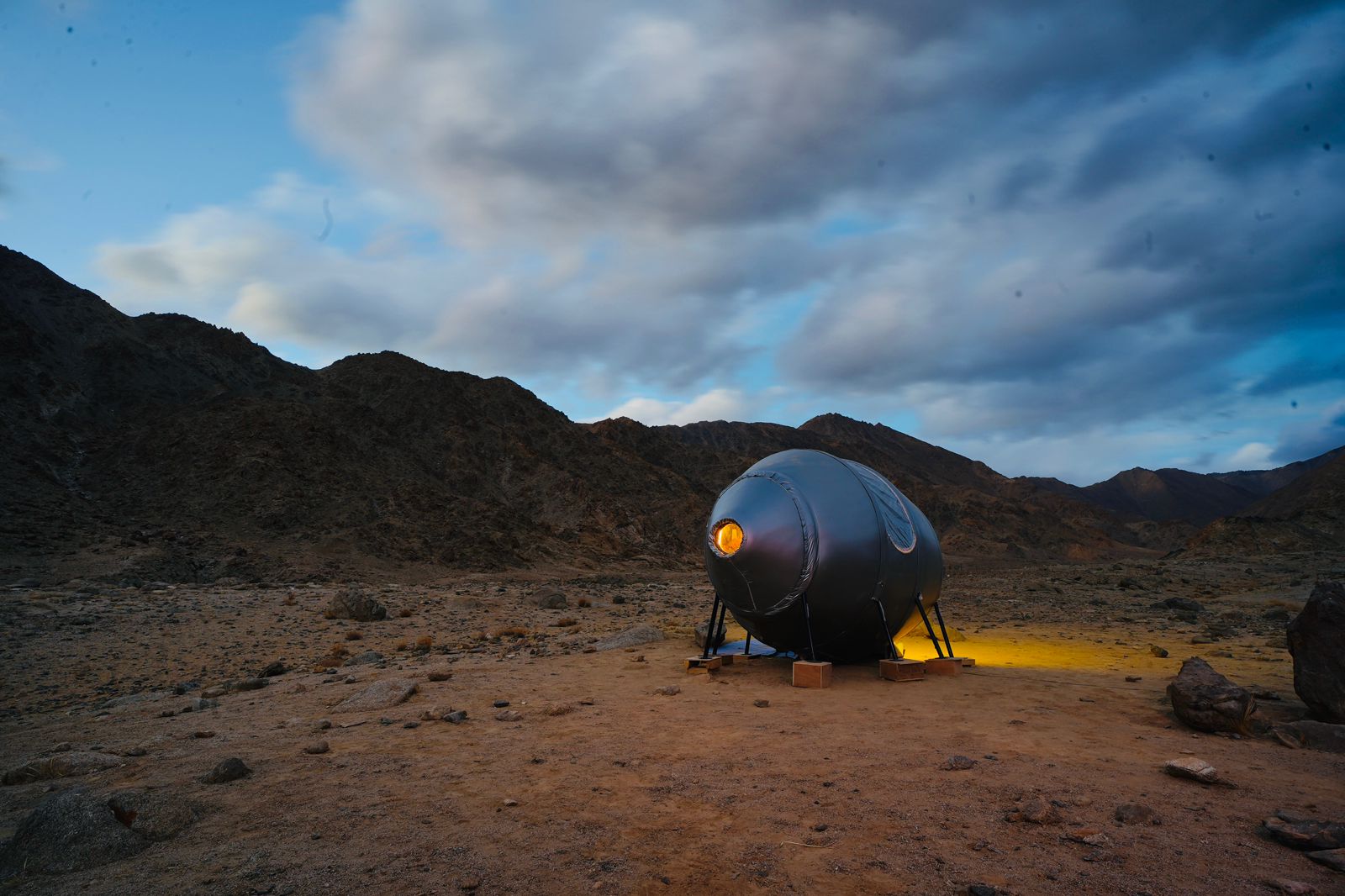The Indian Space Research Organisation (ISRO) has launched India’s inaugural analog space mission in Leh, Ladakh, marking a pioneering step in the nation’s space exploration efforts. The mission, spearheaded by ISRO’s Human Spaceflight Centre, brings together partners from AAKA Space Studio, the University of Ladakh, IIT Bombay, and is supported by the Ladakh Autonomous Hill Development Council.
This mission aims to simulate interplanetary habitat conditions, helping scientists explore the feasibility of establishing a sustainable base station beyond Earth. Announcing the launch on X, ISRO posted, “India’s first analog space mission kicks off in Leh!” This mission seeks to simulate life in an interplanetary habitat, a vital step in tackling the challenges of extraterrestrial exploration.
Ladakh’s extreme isolation, dry climate, and barren, high-altitude terrain make it ideal for simulating conditions similar to Mars and the Moon. The environment presents an opportunity for researchers to gather critical data that will support India’s Gaganyaan program and future missions.
Dr. Aloke Kumar, a leading Indian scientist, initially proposed Ladakh’s potential for space research, seeing it as an Earth-based environment that mirrors the harsh conditions of Mars and the Moon.
NASA explains that analog missions are field tests conducted in remote Earth environments to simulate extreme space conditions, allowing researchers to study human and robotic response to space-like challenges.
Such tests are crucial for evaluating technologies, habitats, communication systems, and other equipment necessary for extraterrestrial operations. Additionally, these missions provide insights into behavioral dynamics under isolation, confinement, and team-driven settings—conditions essential for deep-space missions.
With test sites around the world that mimic harsh space conditions, from deserts to volcanic landscapes, analog missions are invaluable in preparing for future deep-space journeys.
(Inputs from ANI)




















